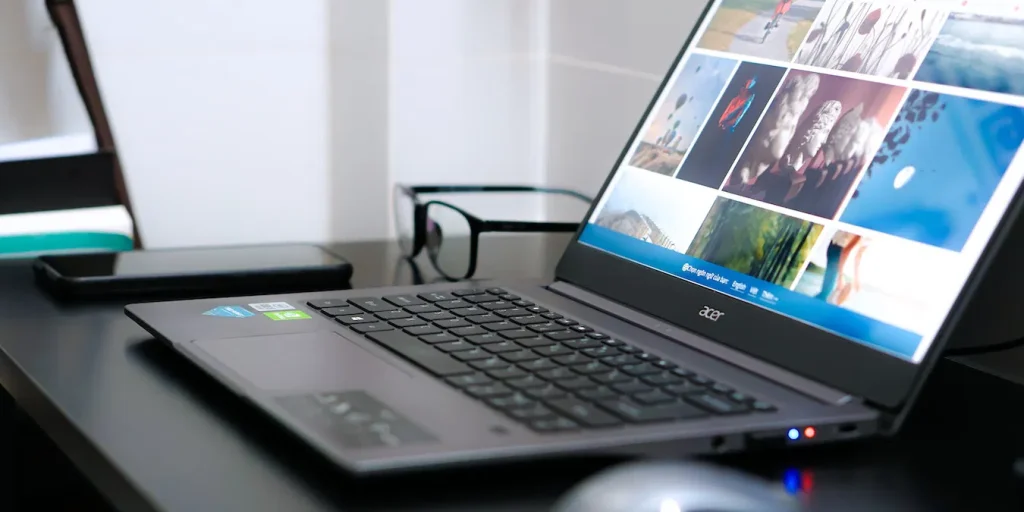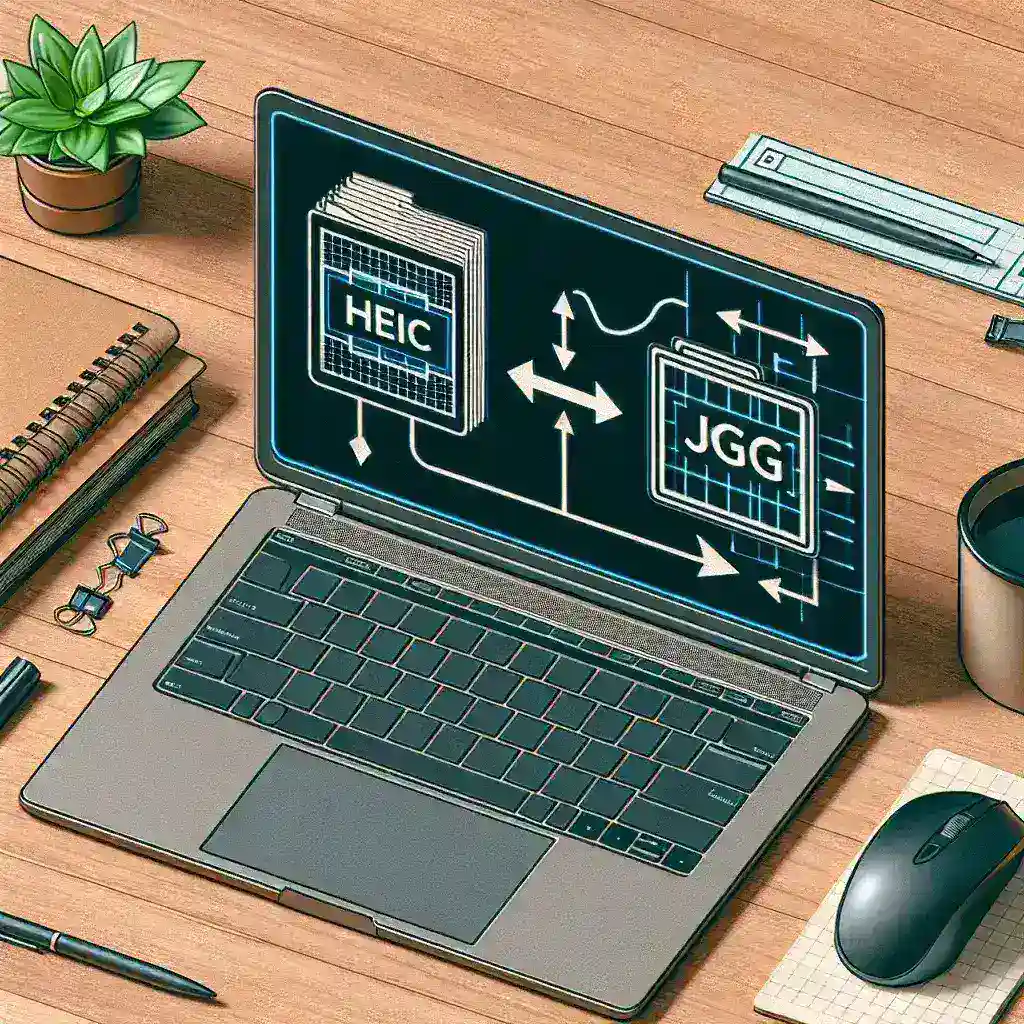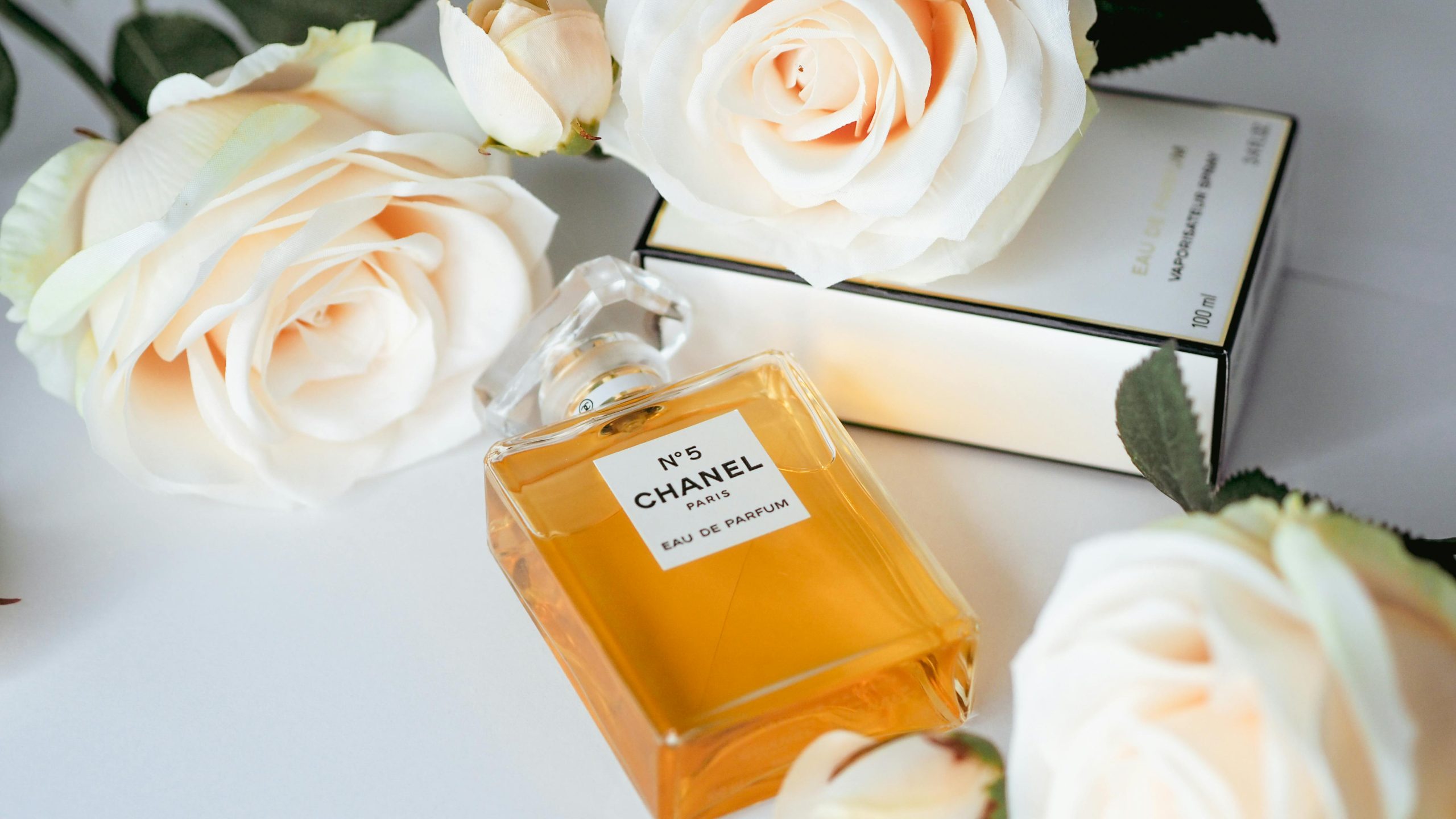In today’s digital era, photography and image sharing have become an integral part of daily life. With the introduction of the HEIC format by Apple, users now enjoy better image compression without sacrificing quality. However, compatibility issues often make it necessary to convert HEIC files into the more universally supported JPG format. For many people, the challenge is finding a HEIC TO JPG converter that promises zero quality loss. The good news is that modern tools now make it possible to convert while keeping every detail intact, guaranteeing the same sharpness, color accuracy, and clarity as the original.
Why Quality Matters in Image Conversion
When you capture an image, every pixel tells part of the story. The colors, contrast, brightness, and fine details all contribute to the visual impact. If these elements are compromised during conversion, the image may lose its appeal or professional value. That’s why HEIC to JPG conversion with zero quality loss is crucial. Whether you’re a professional photographer delivering a portfolio, a designer preparing images for print, or simply preserving personal memories, maintaining original quality ensures your photos look exactly as intended.
Some converters compress images heavily during the process, resulting in blurry edges, washed-out colors, or reduced resolution. High-quality converters, on the other hand, use advanced algorithms to retain the original properties of your HEIC file while producing a JPG that is visually identical to the source image.
Understanding the HEIC Format
HEIC, or High Efficiency Image Container, is known for its exceptional compression efficiency. Developed to store images in smaller file sizes without losing quality, it’s the default format for photos taken on many Apple devices. While this is great for saving storage space, the main drawback is limited compatibility. Many software programs, websites, and devices cannot open HEIC files directly.
That’s where HEIC to JPG conversion comes in. JPG is universally supported across all devices, operating systems, and web platforms, making it the most convenient choice for sharing and publishing images. A converter that guarantees zero quality loss ensures that this transition from HEIC to JPG happens without any visible degradation.
How Zero Quality Loss is Achieved
Zero quality loss in HEIC to JPG conversion is possible thanks to precision encoding techniques. Instead of applying additional compression, high-quality converters map every pixel from the HEIC file to an equivalent value in JPG format. This method preserves the original resolution, color balance, and sharpness.
Additionally, professional-grade converters allow users to set the JPG output quality to the highest possible level, ensuring that no extra compression is applied. This is especially important for images intended for printing, large-scale displays, or high-resolution digital use.
The Role of Color Accuracy
Color accuracy plays a significant role in the perception of image quality. During low-quality conversions, color shifts can occur, causing skin tones, landscapes, or product photos to look unnatural. A HEIC to JPG converter that guarantees zero quality loss carefully preserves the color profile of the original file, ensuring that every shade and hue remains consistent.
This is vital for industries like fashion, e-commerce, and advertising, where exact color representation can influence purchasing decisions and brand perception.
Batch Conversion Without Sacrificing Quality
Many users need to convert multiple HEIC files at once. Batch processing saves time, but only the best converters can handle large groups of images without compromising quality. With the right HEIC to JPG tool, you can process hundreds of files in a single session while ensuring every converted image matches the quality of its original.
Batch conversion with zero quality loss is particularly useful for photographers working on events, businesses updating product catalogs, or content creators managing large archives of visual material.
Online vs. Offline Conversion for Best Results
Both online and offline HEIC to JPG converters can achieve zero quality loss, but each option has its strengths.
- Online converters are convenient and accessible from any device with an internet connection. They often offer quick conversion and instant downloads, making them ideal for occasional use.
- Offline software provides more control over settings and is often faster when processing large batches. It’s also better suited for sensitive images, as files are not uploaded to external servers.
The key to zero quality loss lies in choosing a converter—online or offline—that prioritizes accuracy and avoids unnecessary compression.

Privacy and Security in Conversion
When working with high-quality images, privacy can be just as important as quality. Many online HEIC to JPG converters now offer secure, encrypted uploads and promise to delete files shortly after processing. Offline solutions add another layer of protection by keeping all file handling on your device.
If your images contain sensitive content, like personal portraits, client photos, or proprietary designs, choosing a secure and reliable converter ensures your work remains private while still delivering perfect quality.
Mobile-Friendly Zero-Loss Conversion
Since most HEIC images originate from smartphones, mobile-friendly HEIC TO JPG conversion tools have become increasingly important. Many mobile apps can now process images directly from your phone’s gallery and save the converted JPGs without any quality loss.
This is especially valuable for professionals on the move—travel bloggers, social media influencers, and journalists can maintain image quality while instantly preparing files for upload, regardless of location.
Benefits for Professionals and Creators
A HEIC to JPG converter with zero quality loss is a powerful tool for anyone working with visuals. For professional photographers, it means their work can be presented exactly as captured, even when converted. For designers, it ensures images are print-ready and maintain color accuracy. For marketers and e-commerce sellers, it means product images remain sharp and true to life, boosting trust and engagement with customers.
Maintaining high quality also reduces the need for post-conversion editing, saving time and preserving the integrity of the original shot.
The Future of High-Quality Conversion
As technology advances, the gap between HEIC and JPG compatibility may shrink, reducing the need for frequent conversions. However, until HEIC is universally supported, HEIC to JPG conversion will remain essential. Future tools may incorporate AI to further enhance the preservation of fine details and automatically optimize images for different uses—all while maintaining zero quality loss.
The growing demand for uncompromised image quality means that zero-loss converters will continue to be a priority for professionals and casual users alike.
Choosing the Right Converter
When selecting a HEIC to JPG converter with zero quality loss guaranteed, look for features such as high-resolution support, customizable output settings, and the ability to handle batch processing efficiently. Reviews, user feedback, and test results can help identify tools that truly deliver on their promise.
The right choice will not only ensure your images retain their original beauty but also streamline your workflow, saving you time and effort in every project.



